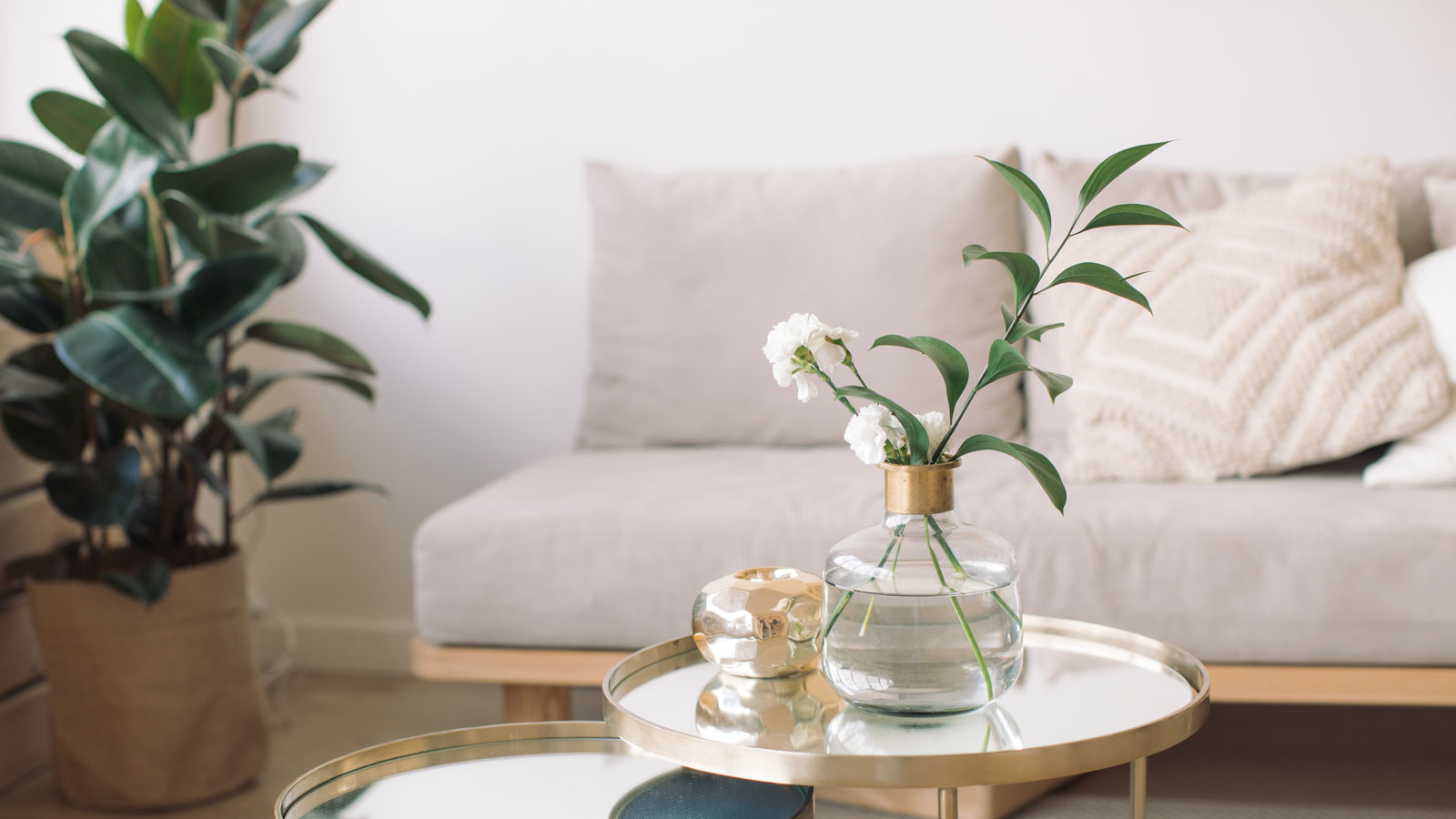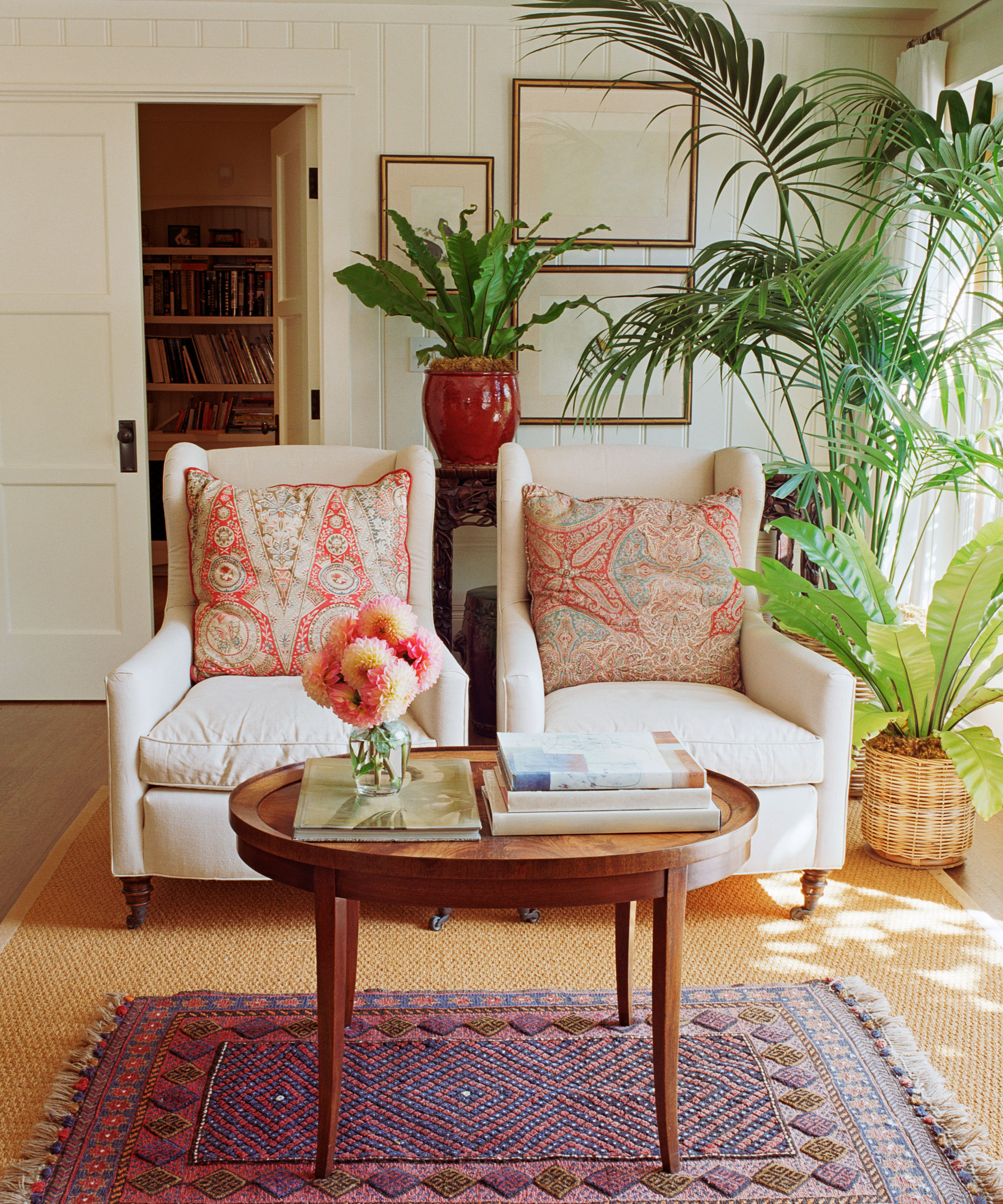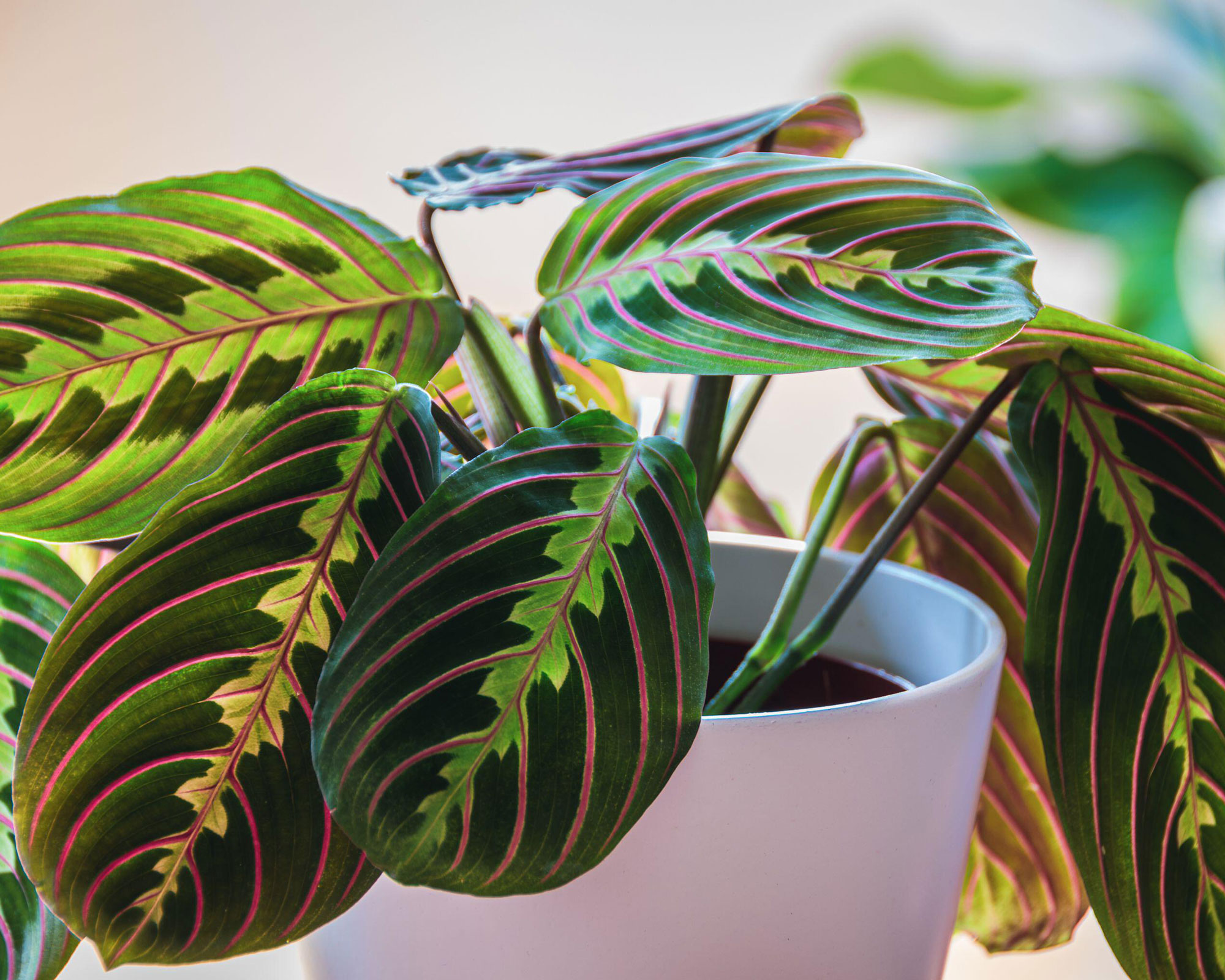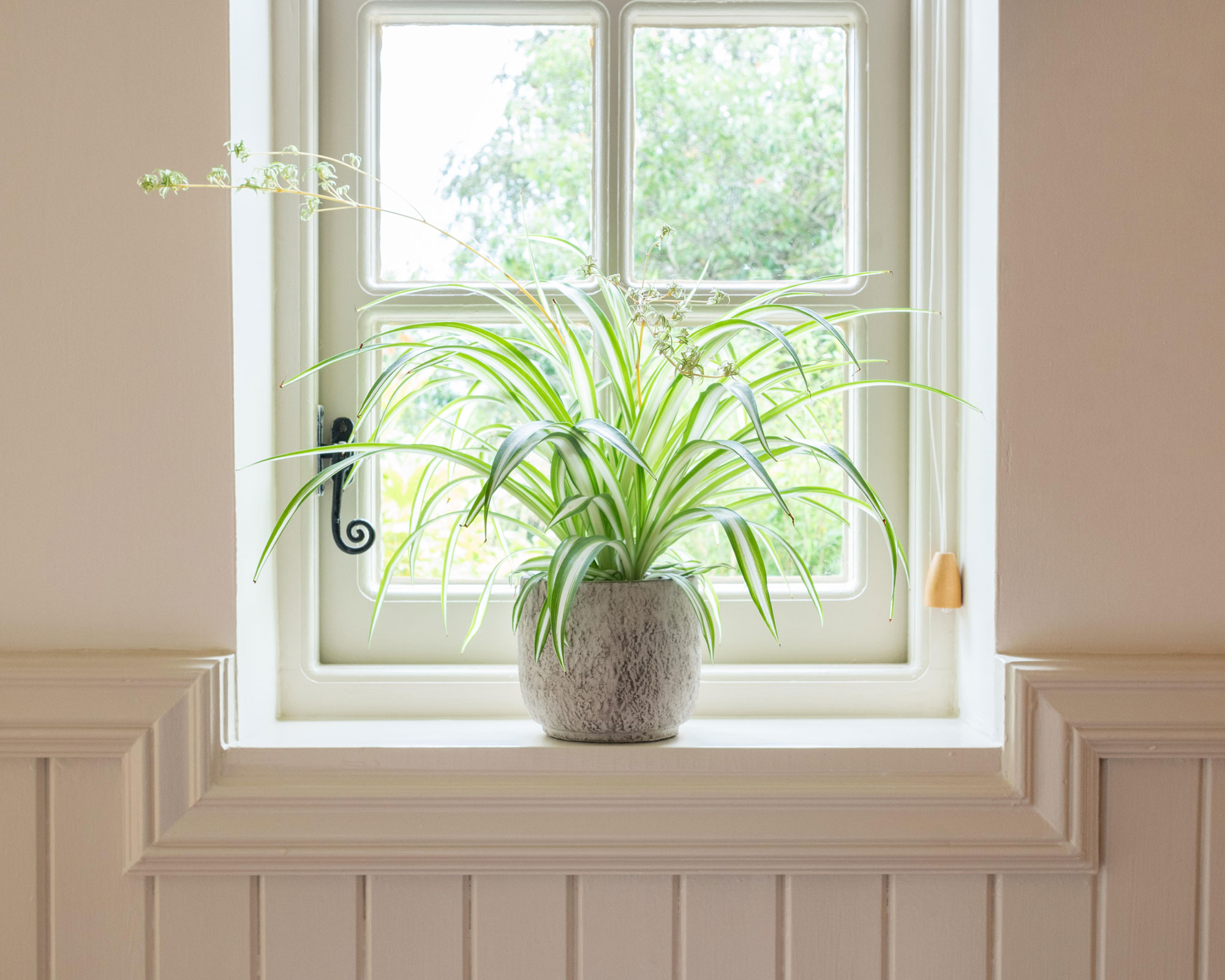This house plant removes 14% of carbon dioxide in your home's air in just 24 hours
They make a thoughtful gift too

Our obsession with houseplants reached a new level this year, with many of us becoming plant parents. Our best indoor plants bring a dose of greenery and foliage we wouldn't be without - but it's the prayer plant that's got the edge for cleaning the air.
- See also: 13 beautiful indoor garden ideas – how to bring nature into your home
Of course, all house plants help to create a sense of well-being in a space, but some are particularly good at taking in CO2. When Save On Energy conducted some research, the prayer plant came out on top, followed by the classic rubber plant.

It got its name because of the way the leaves on some species of prayer plant close up at night, as if in prayer. So if you're thinking of getting someone a house plant as a 'thank you' gift, this could be a thoughtful choice.
The findings from Save On Energy's research are supported by a study that showed prayer plants to be the best at improving air quality, and that CO2 absorption increased when there was more light.
You might have been looking for the best air purifier for your home, but a natural solution could well be waiting for you at the garden center. If you look after it, it could last for around thirty years.

The prayer plant is a member of the calathea family, native to tropical Americas. According to the research, it took in 14.4% of the CO2 in the chamber - equating to roughly 0.0003kg in a 24-hour period.
Save On Energy looked at two scientific studies measuring houseplant CO2 intake. It also replicated a home environment with a starting level of CO2 comparable to a room with no ventilation.
Get small space home decor ideas, celeb inspiration, DIY tips and more, straight to your inbox!
Plants were observed over 24 hours, and an average was taken over this time. This is because some plants are known to produce oxygen during the day, but then take some back in at night.

Speaking from experience, the prayer plant can be a bit of a diva. It will be far, far happier in a gloomy hallway than in a south-facing living room.
If your prayer plant's leaves curl and become brown at the edges - or if they go pale green, they're getting too much light. They also like humidity, so consider getting a spray bottle for their leaves.
- See also: 11 easy house plants and how to care for each type (without killing them)
For more advice on caring for your houseplants, go to our house plant tips piece.
The least air-purifying houseplant was proven to be the spider plant. This common favorite was able to absorb just 0.1% of the total CO2, meaning it took in just 0.000002 kg of CO2.
So although it's a finicky one, the prayer plant is a plant that definitely earns its place in our homes.
Millie joined Real Homes in early 2021 as a homes news writer. When she isn't writing about trends, makeovers and houseplant care, she spends her free time making tweaks to her rented flat in North London. Her next project is a very basic armchair reupholstering job to help create a cosy reading nook in her living room. She loves browsing antique centres, tending to her small front garden, and is never without some fresh flowers at home.